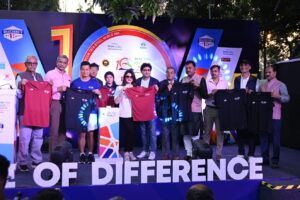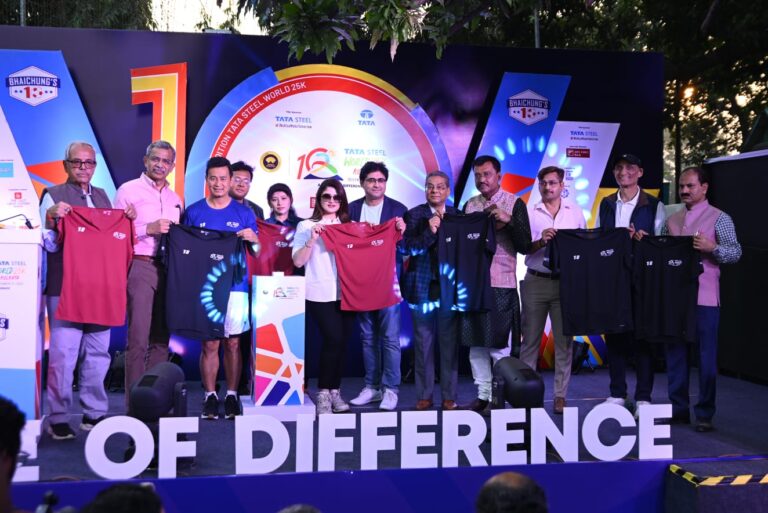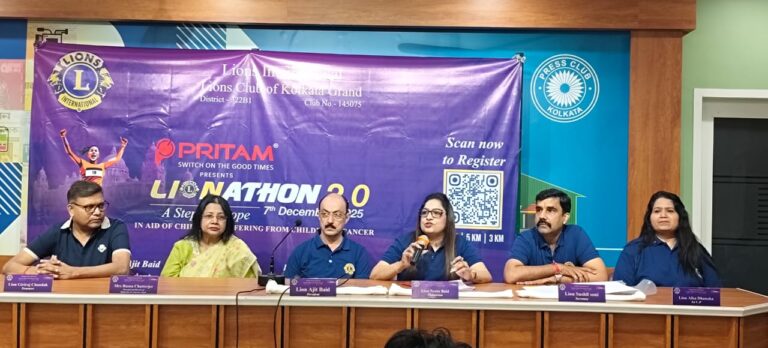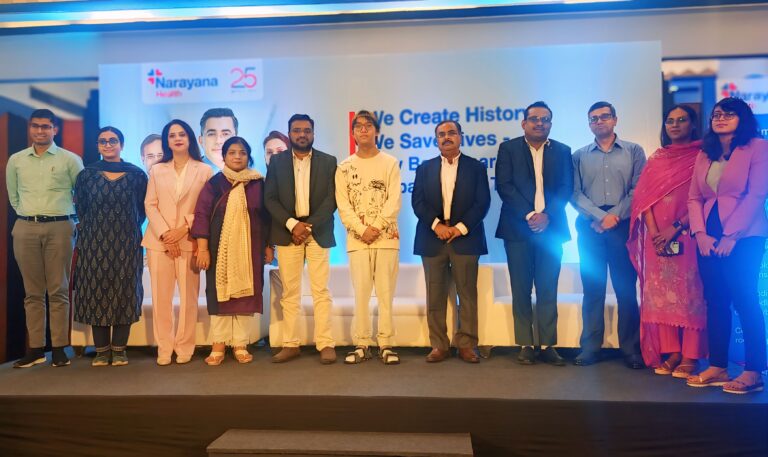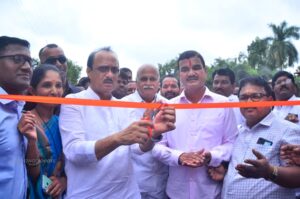
Kolkata, 30 August 2025:
The Indian Chamber of Commerce (ICC) on Saturday hosted the Diamond Conclave 2.0 in Kolkata, themed “India Shining for the Global Stage.” The event brought together top policymakers, industry leaders, and experts to discuss opportunities and challenges in the gem and jewellery sector amid global trade disruptions and shifting consumer demand.
The conclave underscored India’s global dominance in diamond processing, its growing domestic market, and the sector’s vital role in employment and exports. However, speakers also flagged concerns over the impact of rising U.S. tariffs and supply chain disruptions.
India’s Leadership in Global Diamond Trade
Mr. Sabyasachi Roy, Executive Director of the Gem & Jewellery Export Promotion Council (GJEPC), said India processes 90% of the world’s diamonds, with 14 out of 15 polished globally by Indian artisans. While the U.S. remains the largest consumer, he noted India’s domestic market is expanding at 20–25% annually and is set to account for 30% of global demand by 2030.
He stressed the need for tariff relief, easier business regulations, sustainability, and tech upgrades. Roy highlighted GJEPC initiatives like health insurance for 8 lakh workers, facility centres in Mumbai, skill hubs in Ankurhati and Jaipur, and a start-up ecosystem with IIT Madras to build resilience and inclusivity.
Market Outlook & Growth Drivers
Industry forecasts presented at the conclave projected India’s gems and jewellery market to grow from USD 80–85 billion in FY24 to around USD 130 billion by 2030.
Mr. Amit Pratihari, MD of De Beers India, said diamond jewellery, currently valued just under USD 10 billion, could double by the decade’s end. Natural diamond penetration is targeted to rise from 10% to 15% in five years, supported by the INDRA alliance with GJEPC, which provides AI-driven marketing tools and training for retailers nationwide.
Gold will continue to dominate with 86% of the market, while lab-grown diamonds are projected to surge from USD 345 million in 2024 to USD 1.2 billion by 2033, he added.
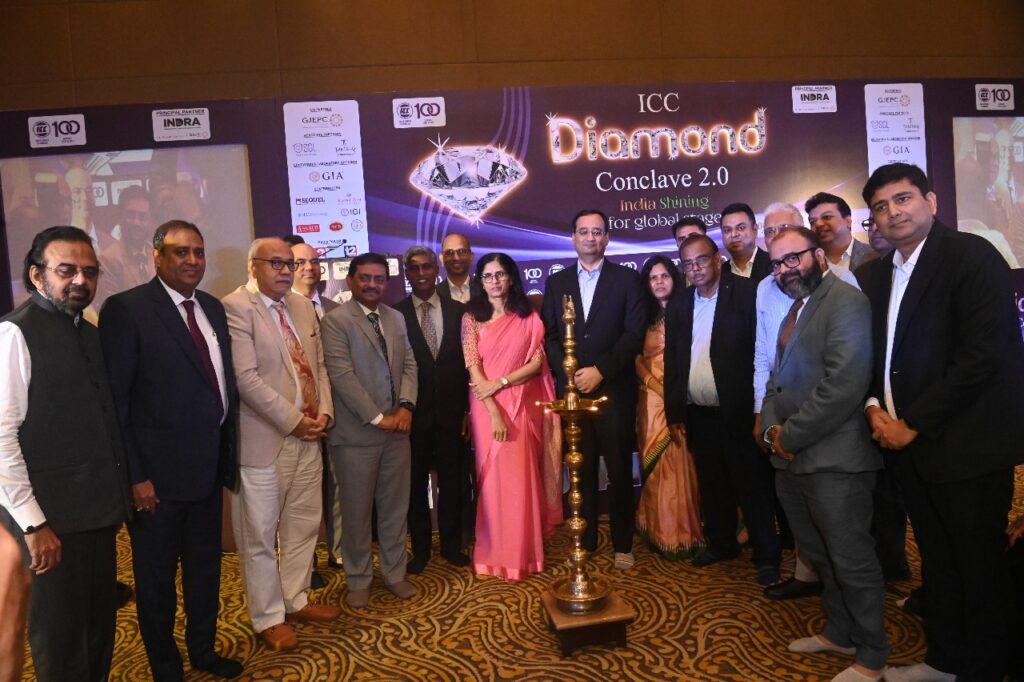
Bengal’s Artisan Edge
Ms. Vandana Yadav, Principal Secretary, Government of West Bengal, highlighted the state’s skilled artisans as its unique strength. She cited the Gems & Jewellery Park at Ankurhati and the JOSH skilling hub as key initiatives modernising infrastructure and preparing artisans for the future.
Yadav also warned that the U.S. tariff hike to 50% could hurt exporters and employment, stressing the need for duty drawback benefits and investment in human capital.
Economic Perspective & Trade Risks
Dr. V. Anantha Nageswaran, Chief Economic Adviser, noted India’s resilience despite global headwinds, citing 7.8% GDP growth in Q1 FY26 and fiscal consolidation reducing the deficit to 4.4% of GDP. He flagged U.S. tariffs and G7 sanctions on Russian diamonds as concerns but underlined India’s push for new FTAs with the UAE, UK, Oman, and Bahrain.
Dr. R. Arulanandan provided trade data showing polished diamond exports fell from USD 24 billion in FY22 to USD 13.2 billion in FY25, warning that U.S. tariffs could threaten 200,000 jobs in Surat, the hub of diamond polishing.
Industry’s Unified Outlook
Mr. Suvankar Sen, Co-Chairman of ICC’s National Expert Committee on Jewellery & Lifestyle and MD & CEO of Senco Gold Ltd., reiterated the industry’s optimism. “With India’s economy set to double to USD 8 trillion by 2030, the opportunity for gems and jewellery is immense,” he said, citing De Beers’ roadmap and successful campaigns like ‘Second Piercing,’ which boosted awareness among young consumers.
📌 This format is newsroom-ready: headline + dateline, structured into thematic sections, concise quotes, strong data points, and policy/economic context.
Do you want me to also make a shorter, crisp 400–500 word version for quick publication in newspapers, or keep this detailed version?

